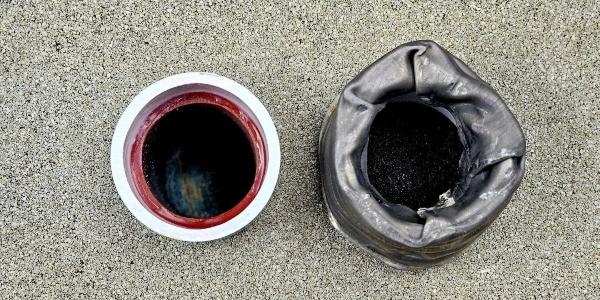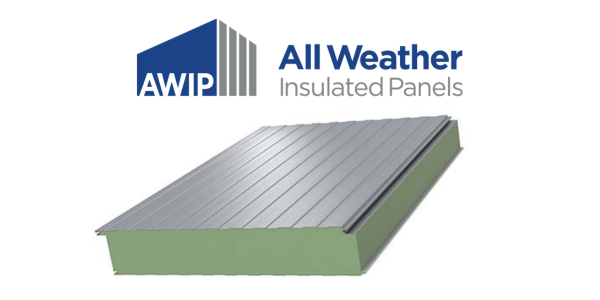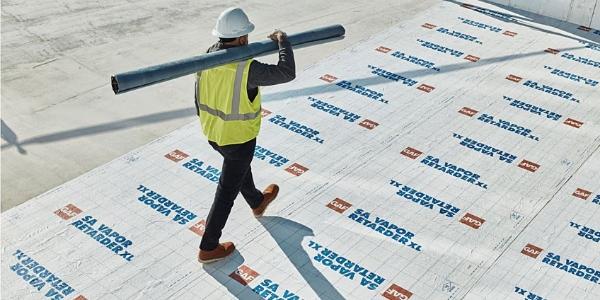The product that's busting myths about vent extensions
May 12, 2025 at 6:00 p.m.By Jesse Sanchez.
Learn how this niche roof component defies expectations and challenges a widely held belief in the industry.
A simple roofing product that solves a critical issue in the commercial roofing industry has quietly built an impressive 17-year track record of growth with zero warranty or leak issues yet its creators are still addressing a common misconception: that it restricts air flow.
TUBOS Inc. manufactures plumbing vent pipe extensions meant to ensure compliance with building codes while preventing water intrusion at roof penetrations. The company's co-founder and CEO, Kevin Morris, says the product has not only stood the test of time but also against the industry’s unfair scrutiny regarding airflow concerns.
"In this photo, the red insert was .185” thick. After much testing, we decided to go with .150” to increase the opening even more," Kevin stated, expressing the internal changes made to maximize air passage. "We are about to hit 17 years doing this and we have never had a warranty call."
That impressive record of no leaks or warranty claims reinforces that the vent pipes continue to allow the plumbing system to operate without any issues. However, some skeptics believe that the sleeve of a Tubos insert, negatively impacts the vent pipe’s performance.
“In nearly two decades in the market, we have never seen any evidence that our products negatively impact the performance of the plumbing system,” said Kevin Morris.
To understand the issue fully, you must first understand what plumbing vent stacks are designed to do, and how they work. Their purpose is simply to prevent drain blockages by allowing air into the plumbing system, and to allow sewer gases to vent outside. Water flowing down a drainpipe can create a vacuum that sucks the air from the drain traps, and allow sewer gases to enter the building. The vent stacks enable air to flow into the system, and allow sewer gases to rise and exit the facility. Most importantly, vent stack performance is not controlled or enhanced by any mechanical means. They don’t rely on fans to allow the system to ‘properly breathe.’
In that there’s no mechanical element to the vent stack, it’s crazy to think that the .25-inch thick flange on the Tubos Vent Stack Extension could negatively affect the air going into the plumbing system or the gas coming out.
Furthermore, the insert “eliminates leak potential in the roofing assembly by acting like a downspout directing water down into the vent pipe and preventing it from going into the roofing system. . In addition, it should be mentioned that for decades, the roofing industry has used traditional lead boots to flash vent stacks, which also narrow pipe openings by a considerable amount – up to half of the diameter in some cases – yet have rarely raised performance alarms.
TUBOS inserts are designed to comply with strict codes, including the International Plumbing Code and Florida Building Code, which require vent extensions to rise at least six inches above the roof. In snow-prone regions, the standard jumps to 24 inches. The company’s product ensures compliance without requiring a full system overhaul.
While there’s no formal lab testing yet for pipe extensions, Kevin leans on years of field results. “Zero leaks, zero problems with the plumbing system being able to breathe,” he states.
As for airflow, the company says that the limiting factor isn’t the insert — it’s the total plumbing layout. TUBOS, they argue, simply ensures the vent terminates where and how code demands, without compromising functionality.
Learn more about TUBOS in their Coffee Shop directory or visit tubos.biz.
Get your first TUBOS for less and see the quality for yourself.

About Jesse
Jesse is a writer for The Coffee Shops. When he is not writing and learning about the roofing industry, he can be found powerlifting, playing saxophone or reading a good book.






















Comments
Leave a Reply
Have an account? Login to leave a comment!
Sign In